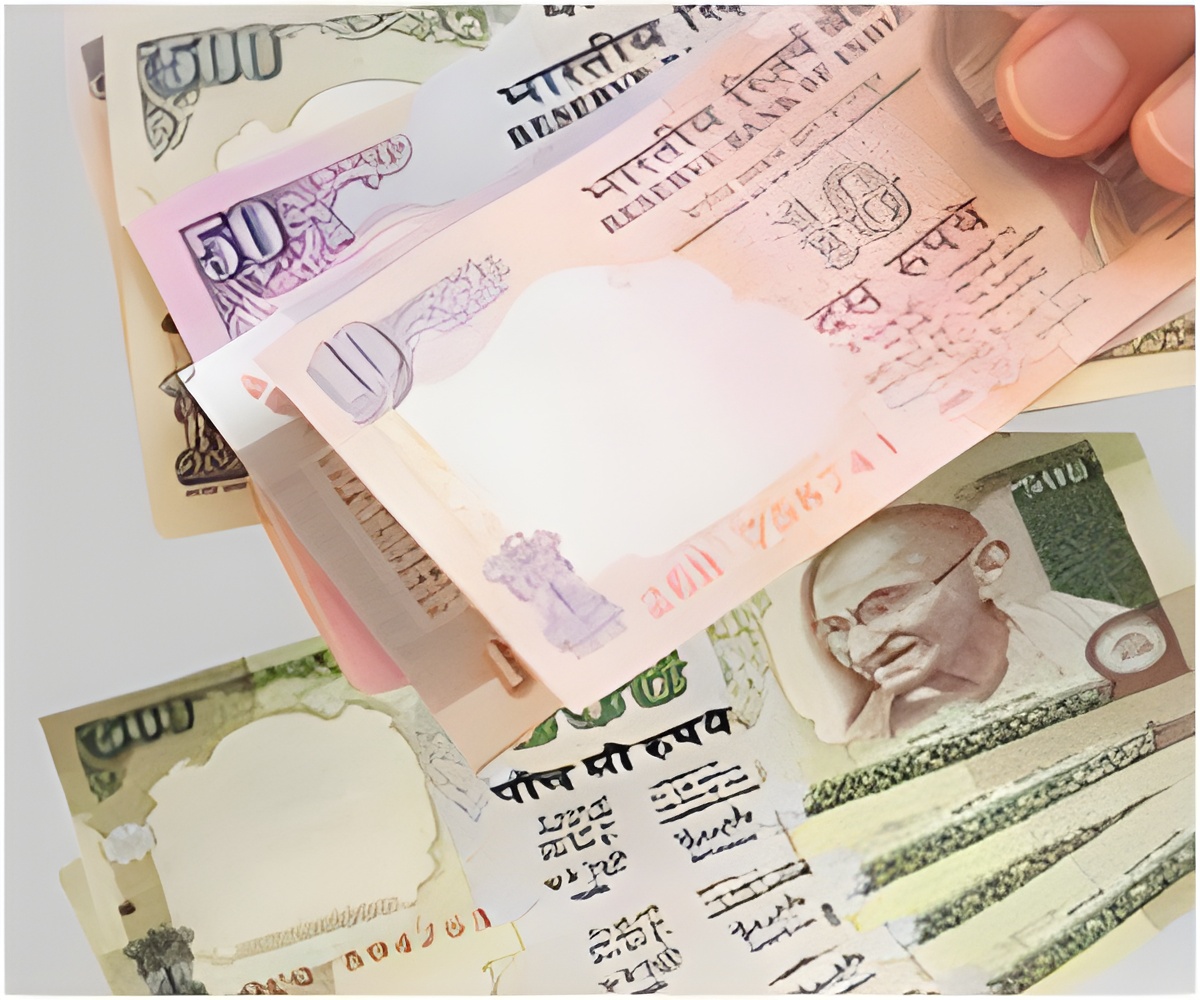It has emerged that while India's new Formula One circuit has made rupee millionaires out of hundreds of farmers who sold their land to make way for the track

Not any more.
Construction of the new $350-million circuit outside New Delhi, set to host the first Indian Grand Prix on October 30, has turned their lives upside down. "We sold away our land for the organisers of the race," Singh told AFP while supervising the construction of his new two-storey house in Dankaur-Sarlarpur village which overlooks the race circuit.
"We got the money in exchange, but it was a raw deal," the 49-year-old said without revealing the compensation amount, believed to be around five million rupees ($112,622) according to a senior village official.
"We are building a new house and we have a car now, but we are not happy because our means of livelihood which was farming has been snatched away," he added.
Around the dusty settlement of about 500 families, 80 kilometres (50 miles) from the capital, there are signs of construction as the newly wealthy improve their ramshackle homes.
Advertisement
Singh says there is "ill-will among the villagers" because of jealousy and suspicion.
Advertisement
"They roam around the whole day drinking beer and picking petty fights."
Across India, fights over land are taking place as companies and governments look for space for new industrial projects.
The existing land acquisition act dating back to 1894 allows the government to acquire any piece of land for projects in the "public interest" such as hospitals, roads and schools.
A new law has been promised, possibly as early as this year, but in the meantime perceived injustices over land acquisition flare up periodically.
Farmers complain they are being pushed off their land unfairly, while businesses say that industrial projects that provide jobs for local people are being unnecessarily held up.
The Associated Chambers of Commerce and Industry said in a 2009 report that land disputes had stalled 133 projects in the country, holding up investments to the tune of $100 billion.
The villagers of Dankaur-Sarlarpur illustrate how, even when compensation is paid generously and on time, strong emotional links to land and the lack of future prospects for uneducated farmers leave many dissatisfied.
Mukesh Kumar, a 22-year old college drop-out, has taken up work as a security guard at the racing circuit due to lack of other employment options.
"I have a temporary job but what after the race is over? The government had promised that at least one member of each family will get employment but that has not happened," he said.
"We would have been happier if we had jobs rather than some cash stashed in lockers."
Not everyone in the village though has made money out of the buying spree.
A few like Bihari Lal did not own any land and instead tilled the plots of other land-owners.
"We knew only farming but the farms are also gone. We have had to switch to construction work. Those who got money strut around in gold chains and drive fancy cars," said Lal. "We are stuck in the same misery."
Builders of the facility, the privately-owned Jaypee group, have been quick to dispel any notion of wrongdoing, stating that "mutually agreed compensation" was paid to the farmers.
It's work as usual for them at the site.
Trucks and other heavy vehicles buzz around in the grime and dust, workers labour around the clock, and alert security personnel ensure unwanted visitors are kept out of the state-of-the art facility.
The frenzy is understandable as Formula One bosses are set to visit the track, named Buddh International Circuit, on August 3 for an inspection.
The track looks likely to be ready to host the race, but there remains a lot of work to do.
"We made the long trip from our homes in west Delhi to be able to get a look at the track," said Himanshu Mehra, a 24-year-old motorsport fan.
"It can't get bigger than having an F1 race of our own. But some of our enthusiasm has gone down after looking around this place. You have exotic backdrops for races the world over -- be it Yas Marina or Monza.
"What will they show here? Buffaloes covered in mud?"
Back in the village, the general feeling among the older generation is one of disillusionment because of the difficulties in adapting to the new lifestyle.
And with money and aspirations have come frustrations -- over the poor roads, the open sewage system, the intermittent electricity supply and the lack of proper schools or hospitals in the vicinity.
"We have a new dish antenna which beams as many as 200 channels," said Santo Devi, an elderly woman who lives in a spacious house where buffaloes share space with a shiny new car in the front courtyard.
"But the problem is we can hardly watch TV because the electricity is only available for 3-4 hours. The government is allowing so much to be spent on racing cars but they have done nothing for the village.
"The money will get over with time. What will we do then? We will be left to beg in the streets."
Source-AFP








